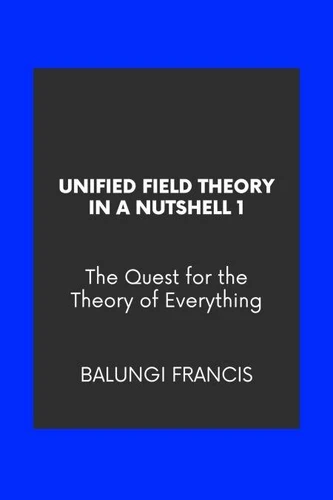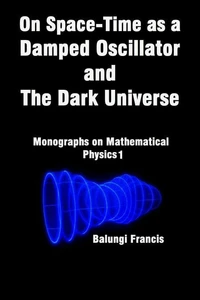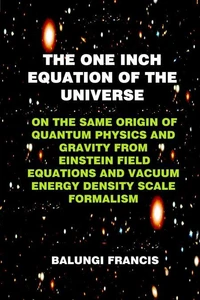Unified Field Theory in a Nutshell1: The Quest for the Theory of Everything
Par :Formats :
Disponible dans votre compte client Decitre ou Furet du Nord dès validation de votre commande. Le format ePub est :
- Compatible avec une lecture sur My Vivlio (smartphone, tablette, ordinateur)
- Compatible avec une lecture sur liseuses Vivlio
- Pour les liseuses autres que Vivlio, vous devez utiliser le logiciel Adobe Digital Edition. Non compatible avec la lecture sur les liseuses Kindle, Remarkable et Sony
 , qui est-ce ?
, qui est-ce ?Notre partenaire de plateforme de lecture numérique où vous retrouverez l'ensemble de vos ebooks gratuitement
Pour en savoir plus sur nos ebooks, consultez notre aide en ligne ici
- FormatePub
- ISBN978-1-393-33424-8
- EAN9781393334248
- Date de parution11/05/2020
- Protection num.pas de protection
- Infos supplémentairesepub
- ÉditeurRelay Publishing
Résumé
The first successful field theory was created by the Scottish Physicist James Clerk Maxwell in the mid -19th century - the electromagnetic field theory. Then in the early 1900s, Einstein spent 30yrs of his life developing a unified field theory but all in vain. One limitation with Einstein's work was at first his rejection, and then his ignorance of quantum theory. Einstein was motivated by an intellectual need to unify the forces of nature.
He felt very strongly that all of nature must be described by a simple force field theory from which all other forces can be deduced. In principle, if one had the formula of a Unified field theory at hand, it would be possible to derive every other natural law from them, including all the laws of physics, chemistry, even molecular biology. Without the use of the mathematics of the standard model and the notions of Einstein's general relativity theory, we postulate a single force field equation from which all other physics laws are derived.
He felt very strongly that all of nature must be described by a simple force field theory from which all other forces can be deduced. In principle, if one had the formula of a Unified field theory at hand, it would be possible to derive every other natural law from them, including all the laws of physics, chemistry, even molecular biology. Without the use of the mathematics of the standard model and the notions of Einstein's general relativity theory, we postulate a single force field equation from which all other physics laws are derived.
The first successful field theory was created by the Scottish Physicist James Clerk Maxwell in the mid -19th century - the electromagnetic field theory. Then in the early 1900s, Einstein spent 30yrs of his life developing a unified field theory but all in vain. One limitation with Einstein's work was at first his rejection, and then his ignorance of quantum theory. Einstein was motivated by an intellectual need to unify the forces of nature.
He felt very strongly that all of nature must be described by a simple force field theory from which all other forces can be deduced. In principle, if one had the formula of a Unified field theory at hand, it would be possible to derive every other natural law from them, including all the laws of physics, chemistry, even molecular biology. Without the use of the mathematics of the standard model and the notions of Einstein's general relativity theory, we postulate a single force field equation from which all other physics laws are derived.
He felt very strongly that all of nature must be described by a simple force field theory from which all other forces can be deduced. In principle, if one had the formula of a Unified field theory at hand, it would be possible to derive every other natural law from them, including all the laws of physics, chemistry, even molecular biology. Without the use of the mathematics of the standard model and the notions of Einstein's general relativity theory, we postulate a single force field equation from which all other physics laws are derived.






















